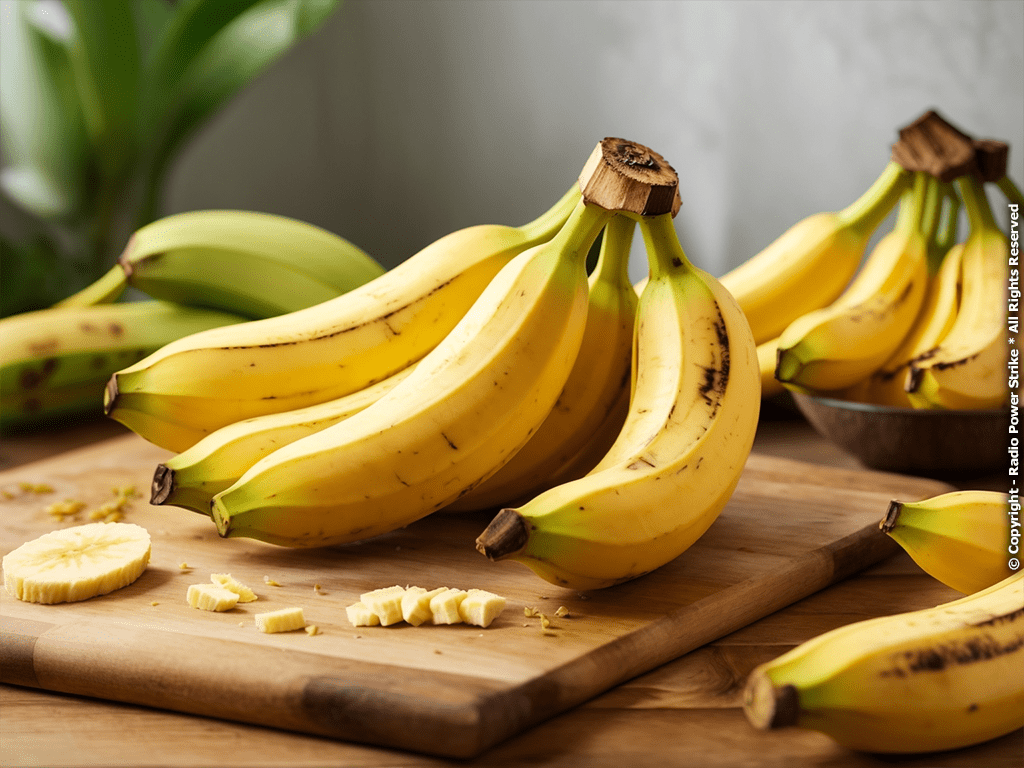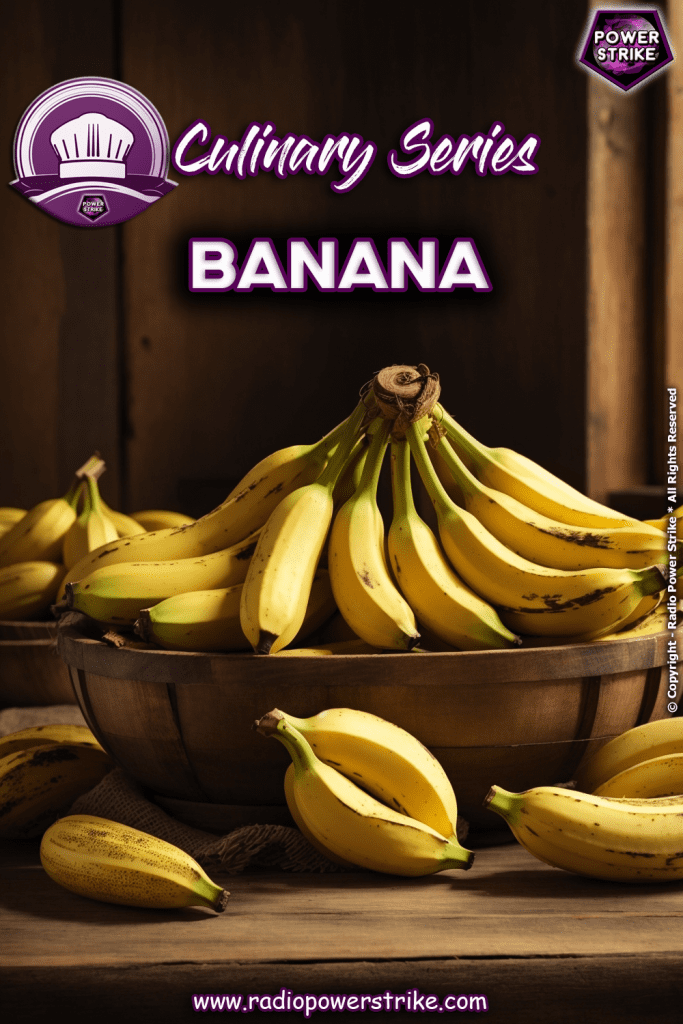Banana: Everything You Need to Know
Unpeeling the Secrets of the World's Most Popular Fruit

Bananas, a staple in many diets worldwide, have long been cherished not just for their delightful taste but also for their myriad health benefits. This tropical fruit, available year-round, has a fascinating history and offers a range of varieties to explore. Let’s delve into the captivating world of bananas and uncover the reasons behind their global popularity.

Origin
Bananas have been a part of human diets for thousands of years. Originating in Southeast Asia, they spread through the ancient trade routes to India, Africa, and the Middle East. Spanish explorers introduced them to the Americas in the 16th century, where they became a staple in many diets.
The journey of the banana from wild jungles to our kitchen counters is a testament to its adaptability and appeal. Over the centuries, as trade expanded, so did the banana’s reach, making it a global phenomenon.
Today, bananas are grown in over 130 countries, making them one of the world’s most consumed fruits. Their widespread cultivation is a reflection of their enduring popularity and cultural significance in various regions.
Varieties
There are over 1,000 varieties of bananas grown worldwide. The most common type is the Cavendish, known for its sweet taste and creamy texture. Other popular varieties include the red banana, apple banana, and the plantain, which is cooked before eating.
Each variety has its unique taste, texture, and nutritional profile. While the Cavendish variety dominates global exports, many regions have local favorites that are integral to their cuisine and culture.
Exploring different banana varieties can be a delightful culinary adventure. From the starchy plantains used in savory dishes to the sweet and tangy apple bananas, there’s a type to suit every palate.
Properties
Bananas are known for being a rich source of potassium, which helps regulate heart function and blood pressure. They also contain Vitamin C, Vitamin B6, and dietary fiber. The presence of antioxidants like dopamine in bananas fights free radicals and reduces oxidative stress.
Beyond their nutritional content, bananas have properties that make them beneficial for skin and hair care. Their moisturizing and anti-inflammatory effects have made them popular ingredients in natural beauty treatments.
Furthermore, bananas have a low glycemic index, which means they release sugar slowly into the bloodstream. This property, combined with their fiber content, makes them an excellent food choice for sustained energy and satiety.
Benefits
- Heart Health: The fiber and potassium in bananas support heart health, with high potassium intakes linked to a reduced risk of stroke. The dietary fiber in bananas also helps reduce cholesterol levels, further promoting cardiovascular health.
- Digestive Health: Bananas aid digestion and help overcome gastrointestinal issues due to their pectin and resistant starch content. Their natural antacid effect can also provide relief from acid reflux and heartburn.
- Energy Boosting: The carbohydrates in bananas provide quick energy, making them an excellent food choice before or after a workout. Their vitamins and minerals support muscle function and recovery, making them a favorite among athletes.
Nutritional Value
A medium-sized banana typically contains:
- Calories: 105
- Protein: 1.3 grams
- Fat: 0.4 grams
- Carbohydrates: 27 grams
- Fiber: 3.1 grams
- Vitamin C: 17% of the RDI
- Vitamin B6: 20% of the RDI
- Potassium: 12% of the RDI
Understanding the nutritional value of bananas can help individuals make informed dietary choices. Their low-calorie content combined with a host of essential nutrients makes them a healthy addition to any diet.
Including bananas in daily consumption can lead to improved health outcomes. Whether enjoyed as a snack, in smoothies, or as part of a meal, bananas offer a combination of taste and nutrition that’s hard to beat.
Storage and Consumption Tips
Speed Up Ripening
If you wish to speed up the ripening process of bananas, place them in a paper bag with an apple or tomato. These fruits release ethylene, a gas that accelerates ripening.
Prevent Black Spots
To prevent banana stems from turning black and speeding up ripening, wrap them in cling film or foil. This reduces the amount of ethylene the bananas are exposed to.
Refrigerated Storage
Ripe bananas can be stored in the refrigerator to extend their shelf life. The skin may darken, but the inner fruit will remain fresh.
Versatile Consumption
Overripe bananas might not be appetizing to eat on their own, but they’re perfect for making smoothies, cakes, or pancakes.
Avoid Damage
When transporting or storing bananas, ensure they aren’t under pressure or weight as this can cause bruising to the fruit.
Fun Facts
Fruit or Herb?
Surprisingly, from a botanical standpoint, a banana is considered a berry, while the banana plant (the “tree”) is technically classified as an herb.
First Cultivated Fruit
Bananas are believed to be the first fruit cultivated by man. Archaeological and palaeoenvironmental evidence suggest banana cultivation dates back to at least 5000 to 8000 B.C.
Floating Banana
If you place a banana in a container of water, it will float. This is because bananas are less dense compared to water.
Ancient Variety
The banana variety most popularly consumed in the past was the “Gros Michel”. However, it was largely replaced by the “Cavendish” variety due to a disease outbreak.
Fanbase Name
Avid banana fans are sometimes referred to as “bananaphiles”. These fruit enthusiasts often go to great lengths to sample rare and unique banana varieties from around the world.

Comments are closed, but trackbacks and pingbacks are open.